1. Tipalet Cigarettes “Blow in her face and she’ll follow you anywhere”

This one is hard to believe even existed, but in the ’60s, Tipalet ran a campaign suggesting that blowing cigarette smoke in a woman’s face was somehow seductive. The ad featured a smiling man leaning in while a woman closed her eyes, inhaling a cloud of smoke like it was perfume. It painted the act as flirtatious and irresistible, as if second-hand smoke was the new love potion.
Looking back now, it’s a cringe-worthy mix of sexism and health ignorance. By the time this ran, early research was already linking smoking to serious health risks, yet the ad leaned into the idea that cigarettes were part of a man’s charm arsenal. The tagline was more than just a product pitch—it reflected a cultural view that women could be swayed by charm alone, even if it came in the form of toxic fumes. It’s shocking not just for the message, but for how normal it must have seemed at the time.
2. DDT “Safe Enough to Eat”
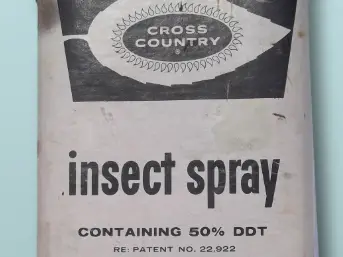
Before we knew the dangers of DDT, companies actually marketed it as a safe household product. One ad in the ’60s showed a smiling family with the caption implying it was perfectly fine to use around food and children. The copy praised its ability to kill pests without harming people, making it seem almost like a miracle chemical for every home.
Of course, DDT was later banned for its harmful effects on humans, animals, and the environment, particularly its role in endangering bird populations. But seeing a family happily spraying poison in their kitchen is jarring today. It’s not just the health risk that’s shocking—it’s how blatantly the ad presented it as wholesome. It’s a clear example of how marketing often outpaced both scientific understanding and public safety.
3. Lysol for “Feminine Freshness”
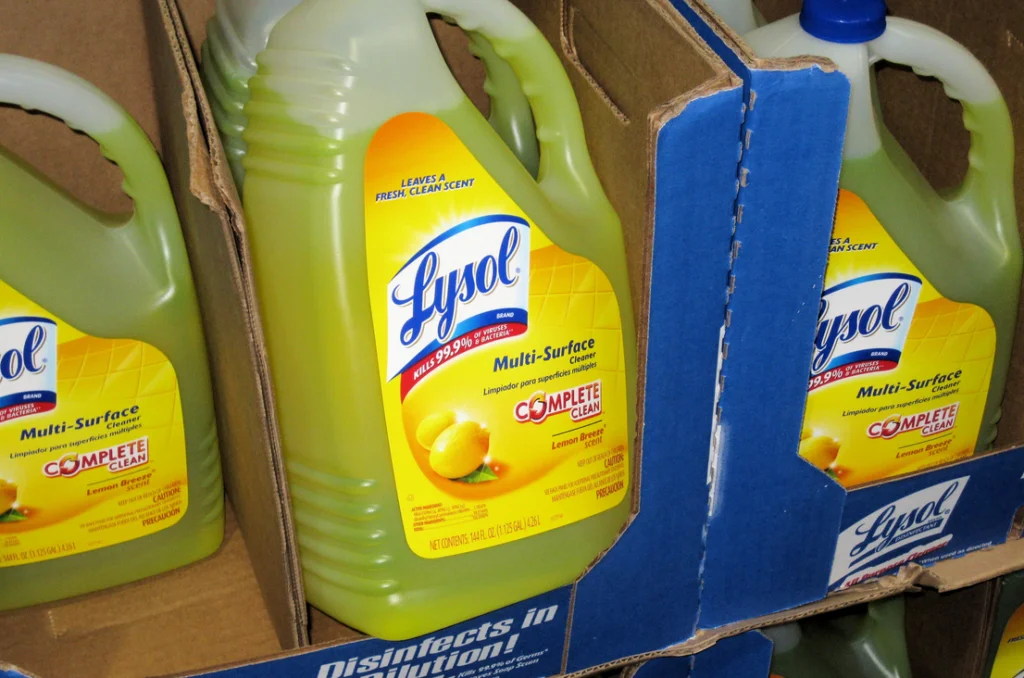
In one of the more uncomfortable examples of misdirected advertising, Lysol was marketed in the ’60s as a feminine hygiene product. The ads claimed it would help women stay “fresh” and keep their husbands happy, making it sound like a loving act of self-care. The subtext was clear—marriage success depended on this chemical wash.
What makes it even more shocking is that Lysol is a disinfectant, not something safe for internal use. The campaign preyed on women’s insecurities, presenting dangerous advice under the guise of domestic duty. These ads not only ignored health risks but also reinforced the belief that a woman’s value came from meeting her husband’s expectations. Today, they stand as textbook examples of reckless and manipulative marketing.
4. Drummond Sweaters “Men are better than women”
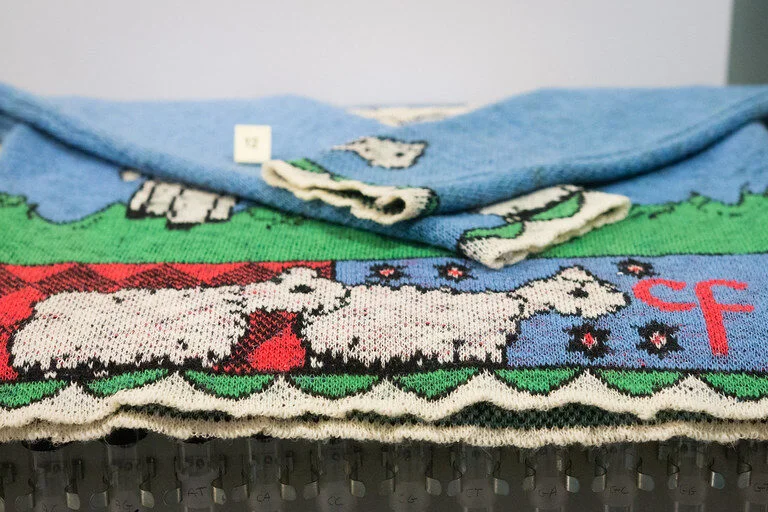
This campaign leaned heavily into sexism, with one infamous ad declaring, “Men are better than women” and then suggesting that at least women could look good in these sweaters. The copy tried to be tongue-in-cheek, but it read as more insulting than clever, especially to a growing number of women entering the workforce.
In the context of the ’60s, this type of humor wasn’t uncommon, but it still caused raised eyebrows even then. Now, it reads as tone-deaf and alienating—hardly the kind of message that would make women want to support the brand. Instead of celebrating style, it used it as a consolation prize for not being a man, which makes it all the more unbelievable today.
5. Baby Soft “Because innocence is sexier than you think”
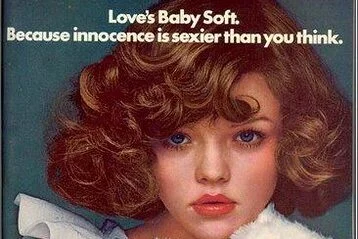
This ad featured a teenage-looking model, lollipop in hand, paired with the slogan that implied sexualizing youth. The product was a fragrance meant for women, but the visuals and copy blurred uncomfortable lines between childlike innocence and adult allure.
The ’60s saw plenty of ads that played with suggestive themes, but this one crossed into territory that feels exploitative by today’s standards. The juxtaposition of youth and seduction was framed as playful, but it’s hard to look at now without discomfort. It’s unsettling to realize how such messaging was not only normalized but used to sell something as everyday as perfume.
6. Medical Cigarette Endorsements
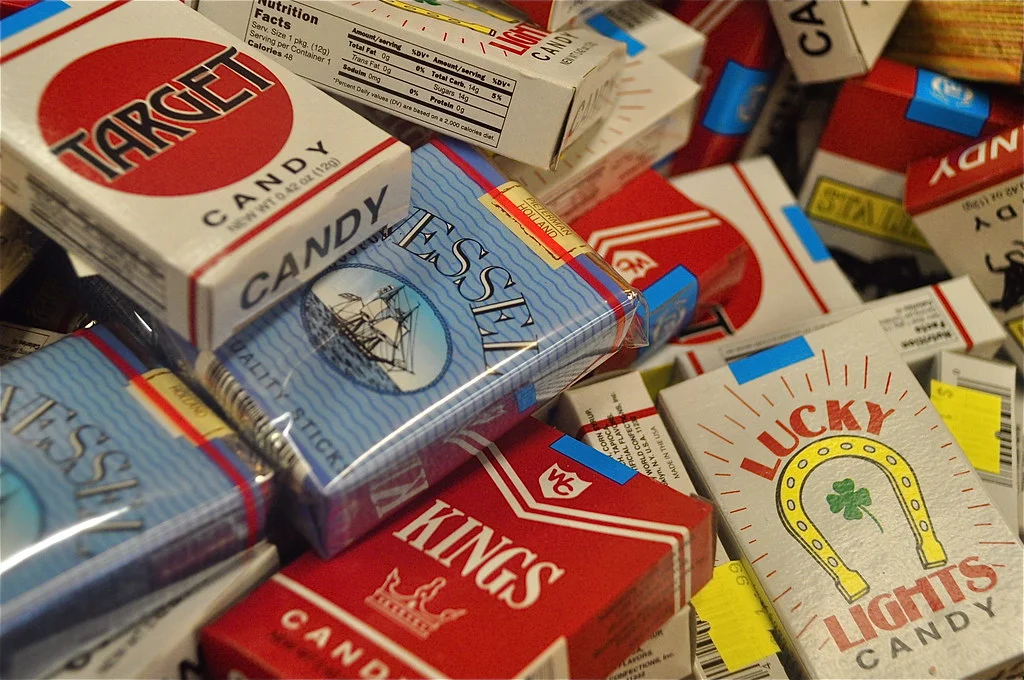
Though these ads had started to fade by the ’60s, some brands still used doctors in white coats to promote smoking. The implication was that cigarettes could even be good for you—or at least harmless—because “your doctor recommends” them. One ad boasted about being “less irritating” and therefore the healthier choice, as if irritation was the only concern.
Knowing what we know now about tobacco-related illness, these ads feel almost surreal. They remind us of a time when medical authority was easily co-opted to sell harmful products, often backed by selectively chosen “studies.” It’s a chilling example of how trust in doctors was leveraged to make dangerous habits seem not just acceptable but beneficial.
7. Alcoa Aluminum “You mean a woman can open it?”

This campaign for easy-open bottle caps showed a woman’s surprised face, paired with the implication that even she could manage it. It was supposed to be playful, but it reduced women to helpless stereotypes for the sake of a joke. The humor wasn’t just outdated—it reinforced an image of women as dependent on men for even the smallest tasks.
It’s a good example of how everyday sexism was baked into marketing language. Even as women were entering the workforce in greater numbers, ads like this treated them as comically incapable. It’s shocking not only for its tone but for how it made a genuine product improvement seem like an insult disguised as praise.
8. Schlitz Beer “Don’t worry darling, you didn’t burn the beer”

This one showed a sheepish woman in the kitchen being reassured by her husband that, despite ruining dinner, at least the beer was fine. The humor leaned on the stereotype of women as bad cooks and men as patient beer lovers, making the beer the real star of the household.
While it might have been intended as lighthearted, the patronizing tone is hard to miss. It plays into outdated gender roles that kept women in the kitchen—while still undermining their efforts there. Today, it’s more likely to spark eye rolls than laughter, but at the time it was just another “funny” beer ad.
9. Playtex “Moms know best” Maternity Girdle
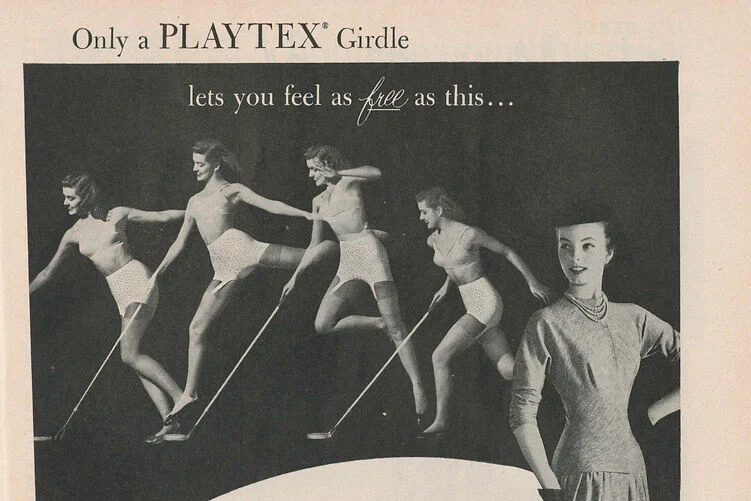
In the ’60s, Playtex ran ads for maternity girdles that promised to “help you look and feel your best” while pregnant. The imagery showed glowing women in perfectly tailored dresses, smiling as if they weren’t wearing restrictive shapewear during one of the most physically demanding times in their lives. The pitch was that expectant mothers could maintain their pre-pregnancy shape, at least on the outside.
It’s shocking today because the idea of compressing a pregnant belly for appearances runs counter to what we now know about comfort and health. These ads were part of a broader cultural push to make women feel they had to “bounce back” before the baby was even born. Seeing them now makes it clear how much pressure was placed on mothers long before modern conversations about body positivity.
10. Hoover “Christmas morning she’ll be happier with a Hoover”
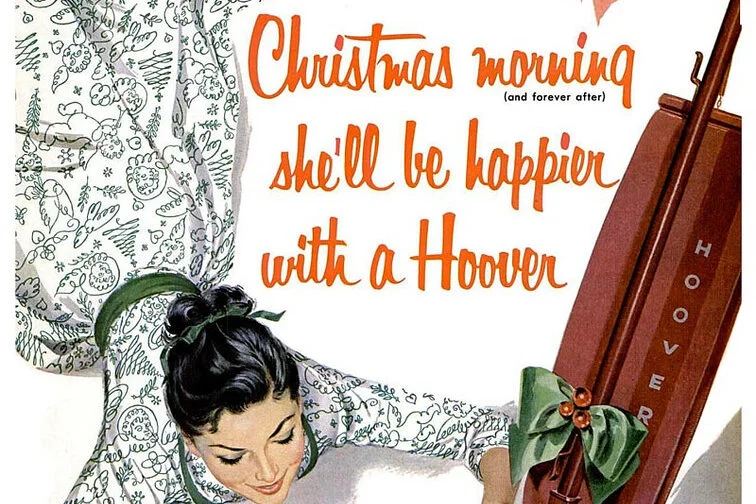
One of Hoover’s more infamous ads from the ’60s featured a woman gleefully unwrapping a vacuum cleaner under the tree. The smiling model and bright holiday backdrop suggested that nothing could make her Christmas more magical than a new household appliance. The message was clear—her joy came from tools that helped her keep the house spotless.
Today, the ad reads as a prime example of outdated gender expectations. Instead of framing the gift as something for the household, it was marketed as a personal treat, as if cleaning was a woman’s greatest source of happiness. It’s more jaw-dropping than funny now, especially when you imagine how many women unwrapped vacuums with polite smiles back then.
11. Soda Pop Weight Loss Claims
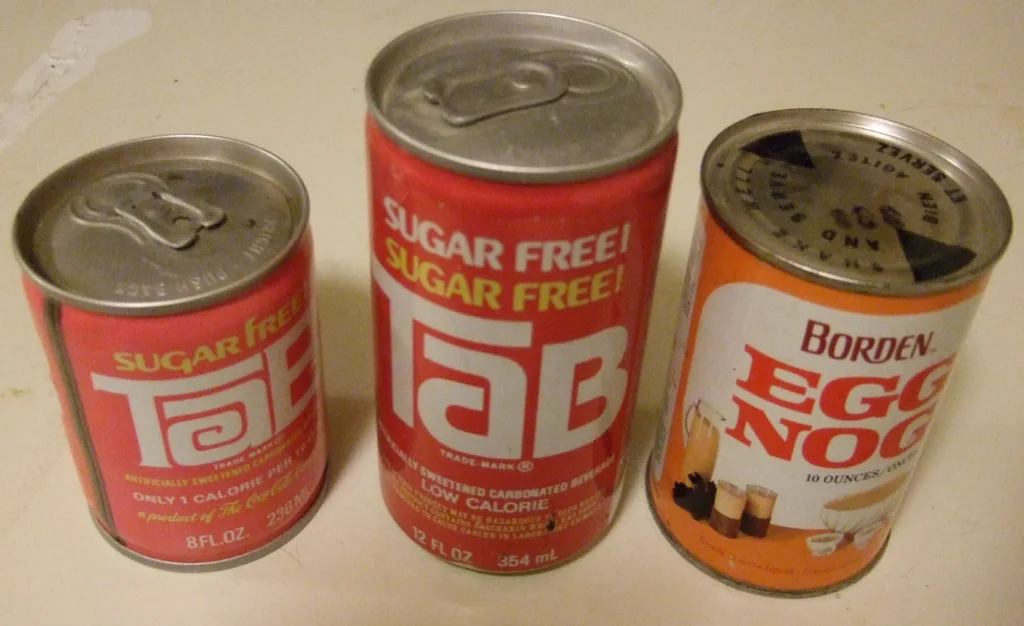
Some soda brands in the ’60s ran ads claiming their product could help women stay slim. They pitched it as a way to satisfy cravings without eating, framing it as a guilt-free indulgence that would keep the figure trim. Of course, the sugar content told a very different story.
The weight loss industry was booming at the time, and companies weren’t shy about bending the truth. These ads show how far brands would go to connect their product to beauty ideals, regardless of actual health effects. It’s an early example of diet culture’s willingness to overlook science in favor of catchy slogans.
12. Lux Soap “For the skin men love to touch”
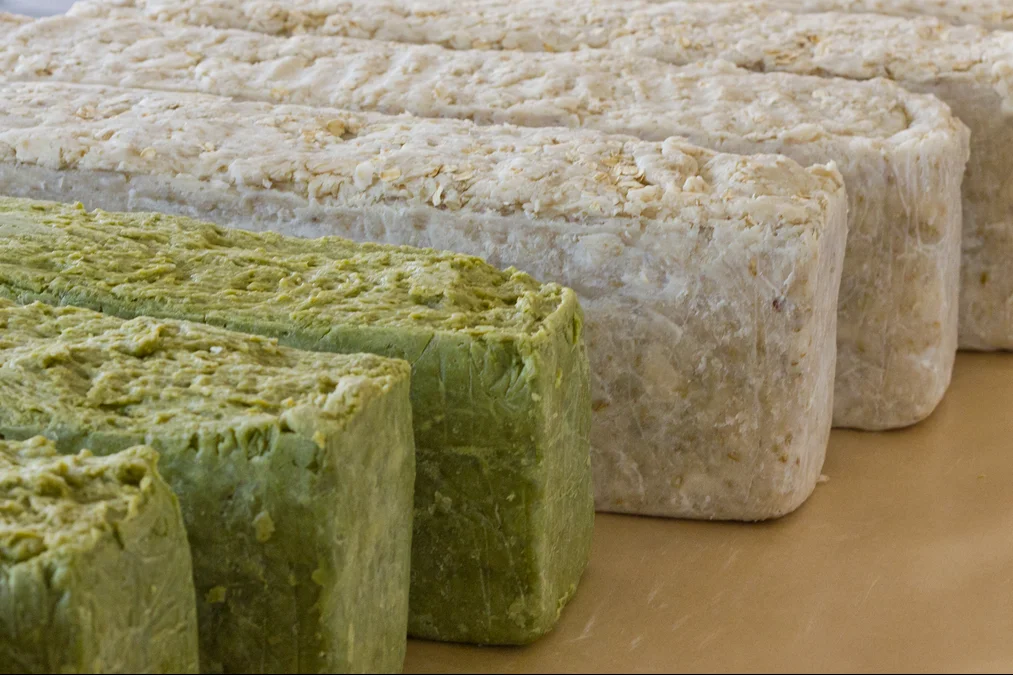
This beauty soap campaign suggested that a woman’s worth was tied directly to her skin’s appeal to men. The ad copy promised soft, flawless skin as the ultimate feminine goal, as if personal satisfaction or comfort wasn’t even part of the equation.
It’s shocking now because of how openly it tied female identity to male approval. In the ’60s, this was standard fare for beauty marketing, which often made women’s personal care choices seem like a duty rather than self-expression. It’s a glossy reminder of how advertising helped shape—and limit—ideas of womanhood for decades.


